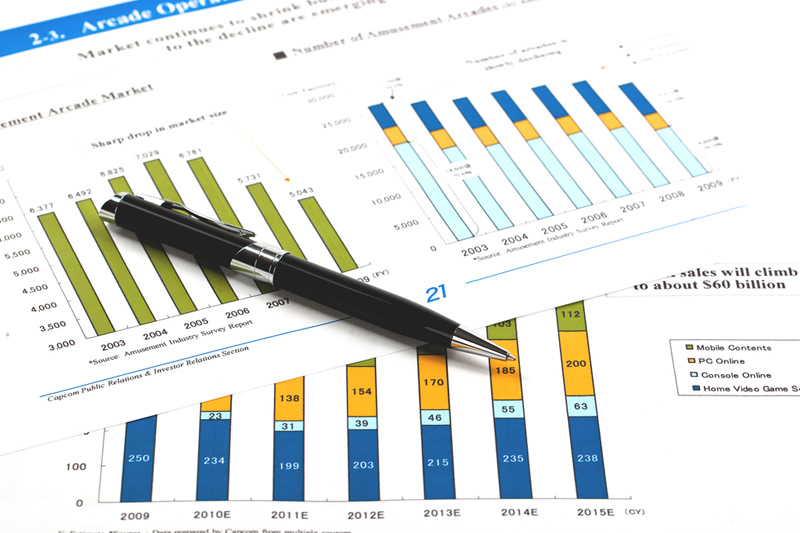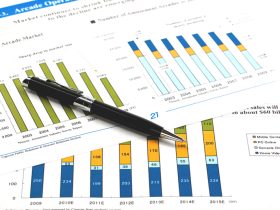By Anne Kauranen
HELSINKI (Reuters) -Finland’s economic downturn will last longer than expected, driven by weaker export demand and a rapid slowdown in construction activity in the face of high interest rates, the Bank of Finland said on Friday.
The Finnish economy is in mild recession and will contract 0.2% this year, the bank said, updating forecasts that predict a return to growth of only 0.2% in 2024, down from its previous estimate of 0.9%.
Hundreds of construction companies have already gone bankrupt this year in Finland, and the coming months do not look much brighter. Real estate data shows that new apartment sales in August dropped more than 60% year on year.
“This year housing construction will drop below the level it hit during the (2007-2009) financial crisis,” said Jouni Vihmo, chief economist at the Confederation of Finnish Construction Industries.
Construction accounts for about 15% of Finland’s gross domestic product and employs nearly 7% of the country’s workforce, making it important for the wider economy, said Bank of Finland’s deputy governor, Marja Nykanen.
While the slowdown in construction and rising unemployment are harmful for the economy, Nykanen said she saw no systemic risk for the financial system from the construction sector for now. Nordic banks are profitable and have buffers that were accumulated but not needed during the COVID-19 pandemic, she added.
“Swedish banks are exposed to real estate and housing financing, and when we have banks that operate across Nordic borders, contagion effects are possible,” Nykanen told Reuters, adding that market turmoil in Sweden was being watched closely by the Finnish central bank.
Finland’s Financial Supervisory Authority on Wednesday warned that real estate market risks were increasing, weakening the financial sector’s operating environment.
“Declining property prices, subdued trading activity and market uncertainty are increasing the financial sector’s credit, investment and liquidity risks,” it said in a statement.
Read the full article here











Leave a Reply